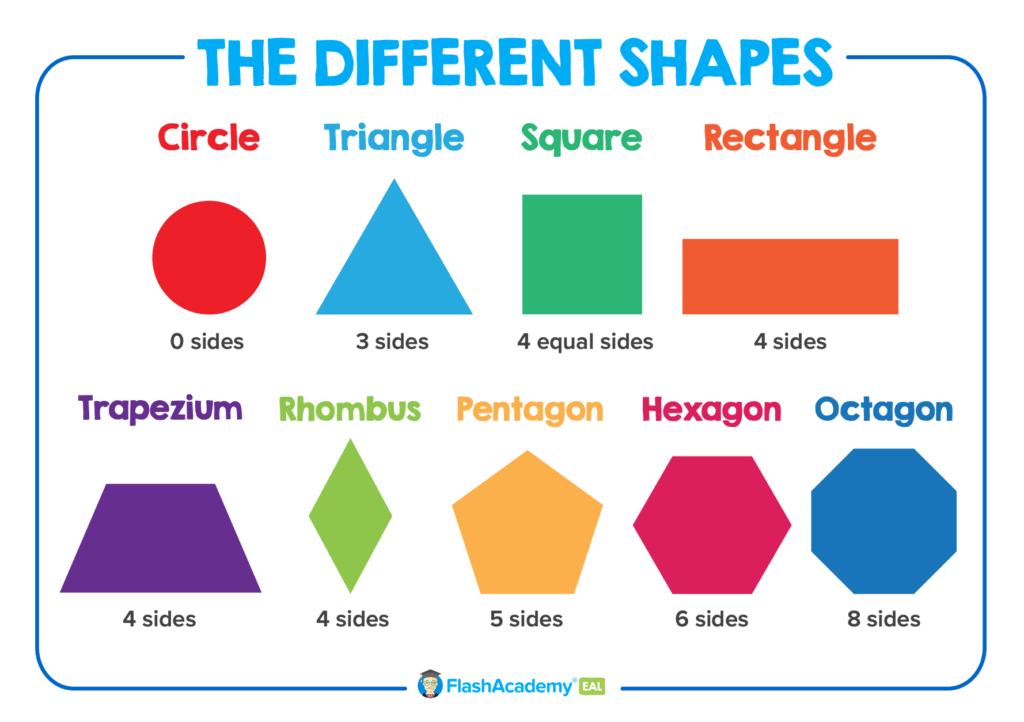

“How can mathematical attainment be fairly assessed if learners are still developing their proficiency in English? If learners EAL students find word problems hard to make sense of, would this be a test of their mathematical or linguistic abilities?” – NALDIC
Maths – a subject that is not given the same attention as other subjects when it comes to EAL students who are new to English speaking. This is due to the fact that maths is considered a ‘universal language’. It’s expected that students learning English as a second language will excel in maths, the same way their native English-speaking peers do.
New-to-English EAL students often find learning the British maths curriculum difficult. This can be due to a variety of factors such as: the prevalence of wordy maths reasoning and problem-solving questions. This makes accessing the actual calculations required a challenge, understanding the meaning of technical maths language and unfamiliar teaching styles.

Listed below are some of the challenges that may hold your EAL student back from excelling in maths:
Padding
‘Padding’ around questions is the backstory behind the mathematical question. This is seen in exams from KS2 SATs reasoning papers right up to A-Level. These wordy problems mask otherwise simple calculations, often confusing EAL students who don’t yet have the vocabulary to decode the question. The style of question might be completely new for pupils, who might only be used to purely arithmetic-based assessments.

Technical maths vocabulary
More than likely, the factor that may be holding your pupil back from succeeding in maths may be the subject-specific language used throughout the maths curriculum. Words such as ‘complement’, ‘operations’ and ‘integer’ among others could potentially confuse students because they’re either totally new words or because the words have a different meaning within a maths context to more common uses that they may be familiar with. To alleviate this problem, maths language and vocabulary needs to be taught explicitly in lessons. Then, EAL students have an understanding of what the word means when it’s in a question. It will also help to put the words into context.

Unfamiliar teaching styles
Unfamiliar teaching styles can be a contributing factor to your EAL pupils’ slow progression in any subject, not just maths. This confuses EAL students who are familiar with a more formal style of teaching. Aside from this, some teachers use different words for the same subject – this can also confuse an EAL student. For example, students that have previously been taught in the Middle East may not be familiar with probability and statistics within maths as these areas are often not taught in the region. These subjects can build cultural barriers as well as linguistic ones, so it pays to be sensitive to possible cultural differences. (Pim and Driver, 2018)
“If, as teachers, we understand how our students construct knowledge in their native tongue then this can help us differentiate, personalise and scaffold learning whilst ensuring second language acquisition.” – NCETM
Below are some tips and ideas to help pupil progression in maths:
Collect data on your students
A given, but it’s vital to keep up-to-date and accurate data on your low-level English speaking EAL students in all aspects of their education and school life. Analysing this data will aid you in seeing whether your EAL pupil is making progress or not. It can also indicate that you may need to try new methods in order to see further progress.
Use images
The use of images within worksheets and learning materials improves pupils’ understanding of the questions in exams and tests. ‘Translation sheets’ with each mathematical symbol and vocabulary along with an explanation as to what the words and symbols mean could be a vital aid in your students’ progression.

Talk to your EAL student about their progress
Provide lots of opportunities for learners to talk about maths problems. Explain in clear detail how they can solve questions to ensure that the EAL student has a better understanding of the UK maths curriculum. As well as this, show EAL learners how word problems work so that in future, they find it easier to focus on the maths content.
Language anomalies
Highlight language anomalies to ensure that your EAL student doesn’t get mixed up with the wording of problems. For example: homophones such as ‘sine’ and ‘sign’ and homonyms like ‘mean’, ‘root’ and ‘power’ can have several meanings and sometimes sound the same.
Maths resources
There are many free resources available at your fingertips that can be highly conducive to your EAL pupil’s progression. FlashAcademy® have a number of free resources for maths that are available for download. To download resources for maths and other subjects, click here.


